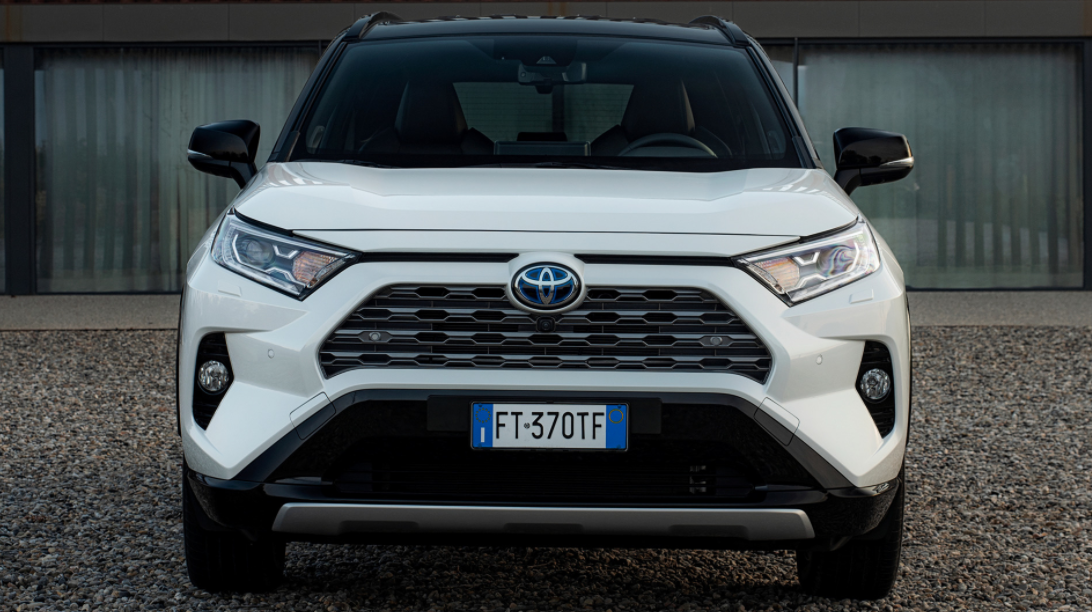


Unlike some all-wheel-drive SUVs, there's no physical link between the petrol engine and the rear wheels here. The basics are the same, with the engine and one electric motor sending power to the front axle via a CVT-style automatic gearbox, while the second electric motor is mounted on the rear axle. You'll pay around €2,100 to upgrade to this version.īoth cars feature the same 2.5-litre petrol engine and twin electric motor set-up seen in four-wheel-drive versions of the RAV4. Move up to Sport trim like our test car, and the changes are purely cosmetic, with 19-inch alloys and a gloss black roof and exterior trim pieces added. This includes lane assist and forward collision alert, and adaptive cruise control is included, too. Other kit includes 18-inch alloy wheels, climate control, keyless start, heated seats front and rear, auto lights and wipers, front and rear parking sensors and a reversing camera, as well as a comprehensive suite of safety systems. Toyota's Touch 2 infotainment system is standard, and while the set-up isn't the best on the market, it does come with Apple CarPlay and Android Auto smartphone integration, as well as Bluetooth. That entry point is Sol trim, which comes with pretty much all of the equipment you could possibly want. That might sound like a steep increase, but the PHEV version isn't offered in entry-level Luna trim, and if you want four-wheel drive in the RAV4 hybrid, you have to go for the high-spec Platinum version, which is actually around €3,000 more (and less powerful) than the entry point to the Plug-in Hybrid line-up. Irish pricing for the RAV4 starts at €40,145, but this is for the standard hybrid the RAV4 Plug-in Hybrid starts from €50,775. The most direct rival to this RAV4 is the Ford Kuga hybrid, while the RAV4 is upmarket enough to be considered as an alternative to premium models such as the Volvo XC60, BMW X3 and Audi Q5, which are all available as plug-in models, too. That battery gives the RAV4 Plug-in Hybrid an official range of 75km from a full charge.

The main differences are the addition of a more powerful electric motor up front, a larger lithium-ion battery and the fitting of a plug socket to charge it up. It's based on the fifth-generation RAV4 hybrid that was launched in 2018, and essentially it uses the same running gear as the four-wheel-drive version of that car, but with a few upgrades. Toyota has a quarter of a century of experience in building hybrid cars, but the Toyota RAV4 Plug-in Hybrid is one of the company's first PHEVs.


 0 kommentar(er)
0 kommentar(er)
